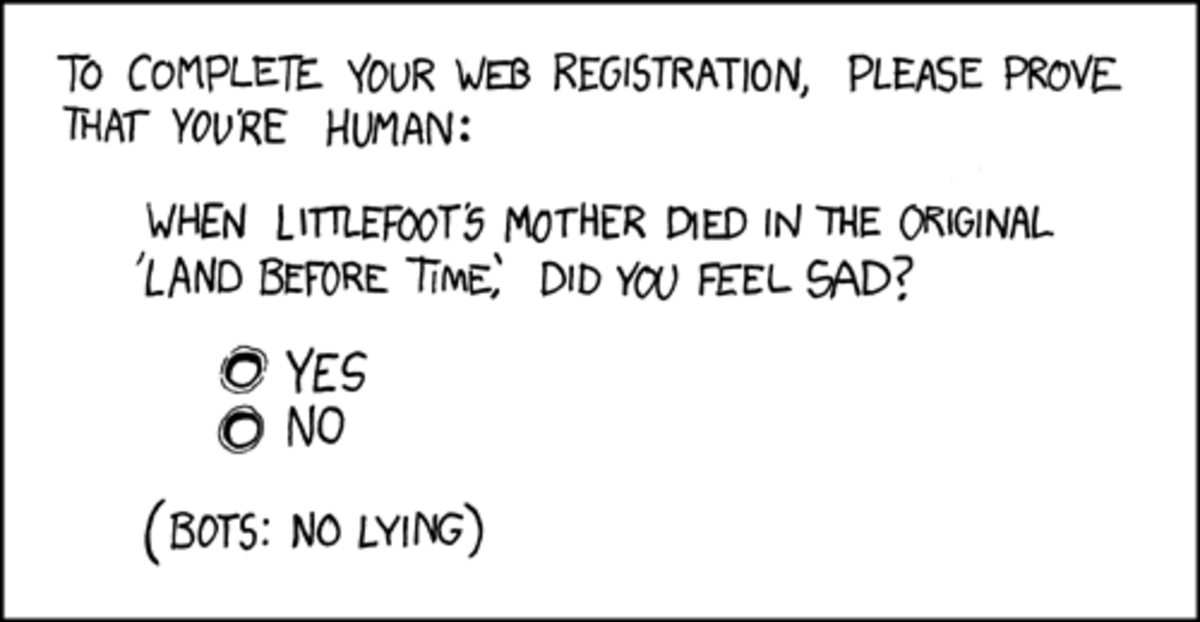Is something rotten in the state of agile? creativity, Wicked problems, process and creativity.
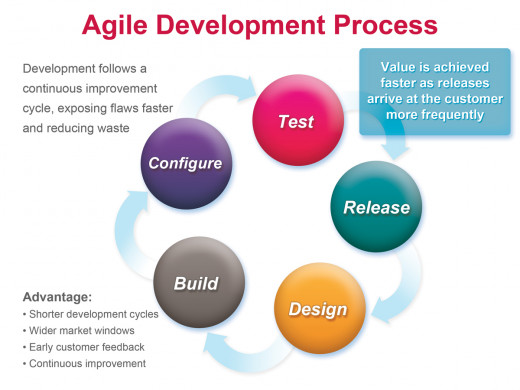
Agile development
Agile emphasises rapid development cycles, tight feedback loops between customers and developers and includes practices such as extreme programming pair programming and test driven development. Properly implemented and managed Agile can increase developer productivity dramatically and reduce churn and rework. However there seem to be concerns at various levels that Agile can be implemented in a way that destroys, or at least damages developer creativity.
The key words here are “properly Implemented and managed”.
Agile works on the divide and conquer principle with each task split into smaller tasks and these are subdivided into units of work achievable (barring unforeseen circumstances) in a single sprint a period between one and three weeks for development.
And here is where problems start to arise with respect to creativity and innovation. The shorter the sprint the smaller the tasks. If the entire team is involved the breakdown feels like the checklist a single developer creates before starting work. If it is conducted by a single team member coding becomes as routine a task as coding ever can be which can lead to bored developers with no room for creative or innovative solutions other than those determined by the planner. Eventually this can burn creativity out of developers, who have scope for initiative and planners, who are expected to produce the Big Fat Plan Up Front.
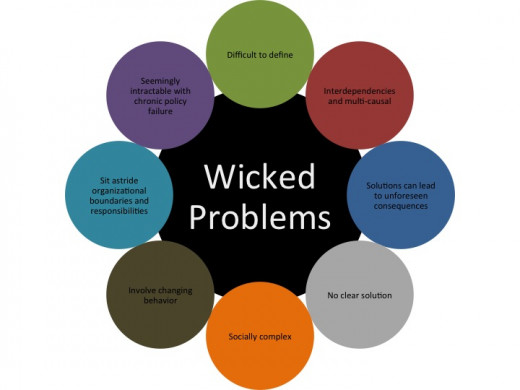
Wicked Problems, Agile and Creativity
Software development is a wicked problem, that is one that resists solution, especially when it involves many stakeholders, multiple systems and difficult social, political, and other challenges such as re-engineering an enterprises core systems whilst still trying to run the business.[2]. One characteristic of a wicked problems is that understanding only comes with producing a solution to the problem, and this in turn reveals new aspects of the problem that demand a modified or totally new solution. As one developer stated
“I know from personal experience that I can never get very far without writing code to better understand the problem I am trying to solve.” [3]
The standard convergent thinking approach to solving problems: Gather data, study options and pick a strategy do not work with wicked problems. These problems demand social processes that engage stakeholders, explore related issues and reevaluate the problem and stakeholder assumptions [4] . Excessive analysis is not the way to proceed. Instead an evolutionary process something like the adaptive tinkering described by Beinhocker [5] where analysis is used to take the investigator to the point where multiple options present themselves after which the only way forward is experimentation, aka trial and error or muddling through,
Wicked problems frequently, perhaps always require creativity. Goijko [6] notes that Lambert said that creativity is crucial for software development problem-solving and a key factor for exploration, adapting and iterating, which are some of the core values shared by successful agile software delivery teams. Some structure and process is needed to facilitate creativity, but excessive structure kills it.
Agile is recognised as an effective way to deal with wicked problems, largely due to its inherent flexibility. Some structure and process is needed to stop random people doing untracked random things, but, as with security and email, too much can get in the way of getting the job done and destroy not just creativity but the desire to be creative.
The problem is getting the right level of structure and process. Get it wrong and you have an Agile-hostile culture trying to implement Agile.
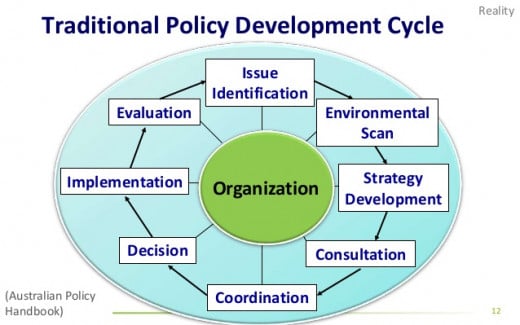
Signs of an agile hostile culture
A corporate culture that values comprehensive documentation, despite the second law of software thermodynamics - which means all good code turns bad, usually rapidly, and documentation and code diverge faster than politicians abandon promises that do not involve them getting more money - is Agile hostile.
A corporate culture that insists all activity be tracked (Tracking is what managers DO for heavens sake) and processes be followed regardless of circumstances is Agile hostile
Collaboration is good but a company with a strong email and meeting culture that finds developers spending more time collaborating than developing is agile hostile.
Each of these states can destroy creativity and stifle innovation.
A company that attempts to put creativity and innovation in different silos from the task of developing towards a release deadline may not be actively agile hostile but risks becoming creativity-hostile. Examples are where companies block off certain times for innovation, usually far too little time to do anything significant.
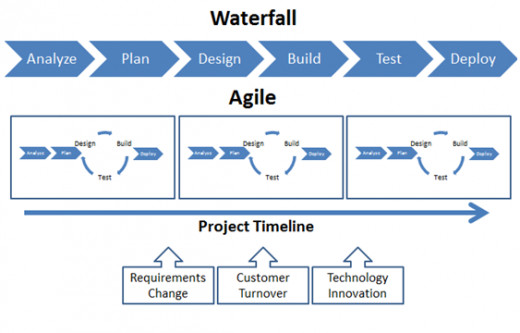
Observations
One developer [7] noted a severe decrease in motivation and creativity some months after a scrum based methodology was adopted saying
-
I tend to search less to find a better solution, approach, or technique
-
I don't wake up in the morning expecting to get to an enjoyable work. Rather, I feel like being forced to work in order to live
-
I have more hunger to work on my own hobby projects after work
-
I won't push the team anymore to get to the higher technological levels
-
I spend more time now on dinner, or tea-times and have less enthusiasm to get back to work
-
I'm now willing more for the work to finish sooner, so that I can get home
The comments on their stack overflow question suggested Agile was wrongly implemented in their organisation.
Gilb and Gilb [8] note that 90%-99% of all Agile, XP & Scrum practitioners and teachers teach 'Solutions' as if they were requirements, thus killing opportunity for developer creativity. This also tends to kill the fun of being a Developer. They also make a case that the current almost universal user story focussed approach is severely flawed.
Hazrati [9] picked up on Gilb's comment that Agile Baby talk kills developer creativity.
James Turner [10] stated
“passionate programmers write great code, but process kills passion. Disaffected programmers write poor code, and poor code makes management add more process in an attempt to “make” their programmers write good code. That just makes morale worse, and so on”
Taken together these observations suggest that enterprises get Agile wrong and there are still flaws in the definition of Agile itself.
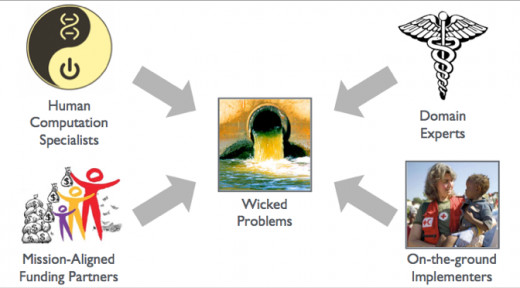
In Summary
The agile manifesto [1] is neutral with regards to creativity and innovation: it mentions neither.
Software development is a wicked problem that requires creativity, innovation and risk taking.
Properly done Agile can stimulate all three.
Wrongly done or in an Agile or creativity hostile culture Agile can destroy all three.
Focus on process is deadly to passion [10] and also creativity.
And [8],[9] there is a possibility Agile itself is being badly taught.
Further reading
-
http://www.agilealliance.org/the-alliance/the-agile-manifesto/
-
http://blog.codinghorror.com/development-is-inherently-wicked/
-
The Origin Of Wealth: Evolution, Complexity, and the Radical Remaking of Economics, Eric Beinhocker Random House Business 2007 ISBN-10: 0712676619
-
http://gojko.net/2010/10/13/agile-certification-and-quantification-is-a-myth/
-
http://radar.oreilly.com/2011/05/process-kills-developer-passion.html



